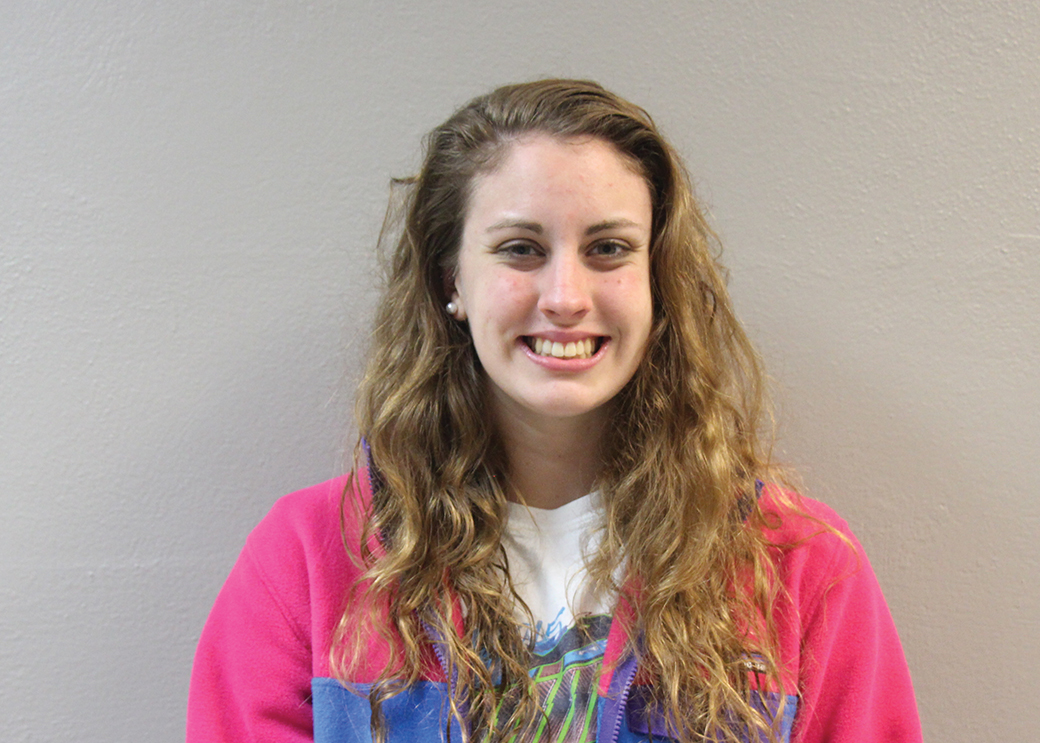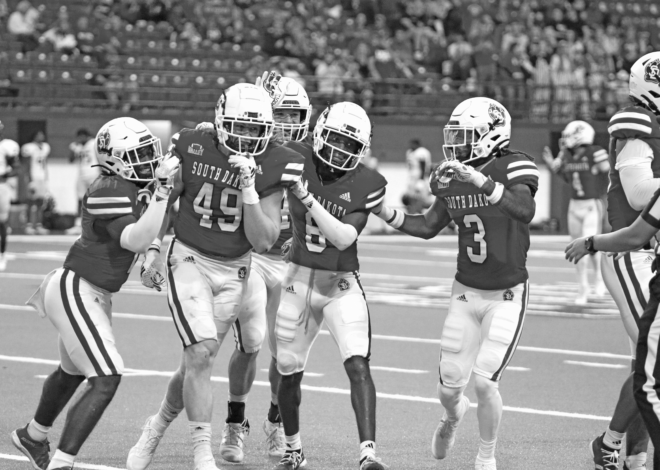
Sports column: Dispelling misconceptions about college athletes
College athletics are always going to be controversial. Disputes regarding the benefits athletes receive and should receive are common, and the overall impact athletics have on a university is debated.
Some people believe college athletics is beneficial to the university and society, while others believe athletic programs are purely money-suckers.
Opinions of college athletics are all over the spectrum, and as a student-athlete, I can honestly say that I understand and respect each of these opinions.
What I can’t understand is how people form negative opinions based on misconceptions of college athletics.
A few weeks ago, a guest columnist wrote an article in The Volante regarding the GAF increase dispute. The column had potential to be persuasive, but the first few paragraphs contained false information about athletics at USD that many people couldn’t see past.
Each university is different when it comes to its athletic program. While the NCAA regulates and limits certain areas of athletics, how a university falls within those rules is up to that school.
I personally don’t know the ins and outs of NCAA rules and regulations, as the details are, well, detailed. However, I do know and understand what it’s like to be an athlete at USD.
The first misconception about athletes is that they all get free meals, while non-athletes at USD pay for expensive
meal plans.
The only athletes at USD who don’t pay for a meal plan are those on full scholarship (which are few and
far between).
For the first year ever, the athletic department has provided athletes with energizing snacks in the weight room, such as granola bars, bananas and chocolate milk (of which we are limited to two items per day.) While this is absolutely a perk, I would not by any means consider this a meal.
In fact, any observer would see that large groups of athletes gather for meals in the MUC cafeteria at any time of day. I would know, because I’m there with the rest of my team using meal swipes that I myself
paid for.
The next misconception is that non-athletic students at USD are not granted access to the Dome or the new arena, “despite many of the rooms
being unused.”
First and foremost, the Sanford Coyote Sports Center isn’t completely finished. Any room that is “unused” is still under construction. I’m not quite sure why anyone would want to hang out in a construction zone, or what the purpose for being there would be.
Secondly, surely there are reasons why non-athletes aren’t permitted access to those facilities, and I’d imagine a large part of that has to do with the fact that it’s consistently being used by the athletes.
Because the Dome is multifunctional, there are many times when soccer, track, softball and other sports are using the Dome at the same time. It can get chaotic, and there really isn’t room for people playing Frisbee or tossing around a football.
The next misconception is perhaps the most popular, and it’s about scholarships.
Not every athlete has a full scholarship –not even close. Per NCAA regulations, I sports teams have a limit on the number of scholarships available, and this depends on both the sport and the funding each school decides to give
each sport.
For example, the men’s swimming and diving team has roughly 30 members. Per NCAA rules, a men’s Division I swimming and diving team can provide 9.9 total scholarships. However, according to swimming and diving coaches, USD provides the men’s swim team with only one scholarship.
While there are most definitely athletes on full rides at USD, more often than not, athletes are on a percentage scholarship. These scholarships are different from the type of scholarships referred to in the GAF column, which are “full cost of attendance” scholarships.
The way this phrase is used portrays a false idea of what it means.
Full cost of attendance scholarship is another word for a stipend: money outside of an athlete’s scholarship they receive for additional costs such as travel and food.
Stipends are given to scholarship athletes and are based on that athlete’s percentage. Currently, USD offers around $2,000 for a full stipend, but only full scholarship athletes will receive this much.
Fifty percent-scholarship athletes will receive only roughly $1,000, and so forth.
The full cost of attendance doesn’t mean exactly what one may gather from the name, and many athletes may not even receive such a scholarship.
Although the above misconceptions are common, by far the worst I’ve heard claims that athletes are selfish for the money and benefits they receive.
As an athlete, I’m attending a university strictly for an education and to continue participating in a sport I love, and I would be doing so regardless of scholarship money.
The opportunities I’ve been given because I’m an athlete are unbelievable, and that’s something I won’t ever take for granted.
We may not receive free meals or full ride scholarships, but each and every athlete at this university is here out of passion, and that’s something everyone can relate to.
Kidd is a USD swimmer and visual assistant for The Volante.

